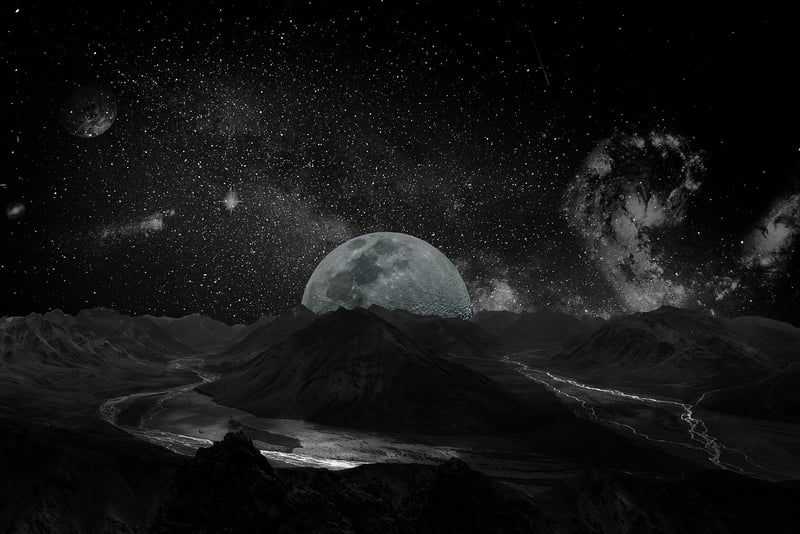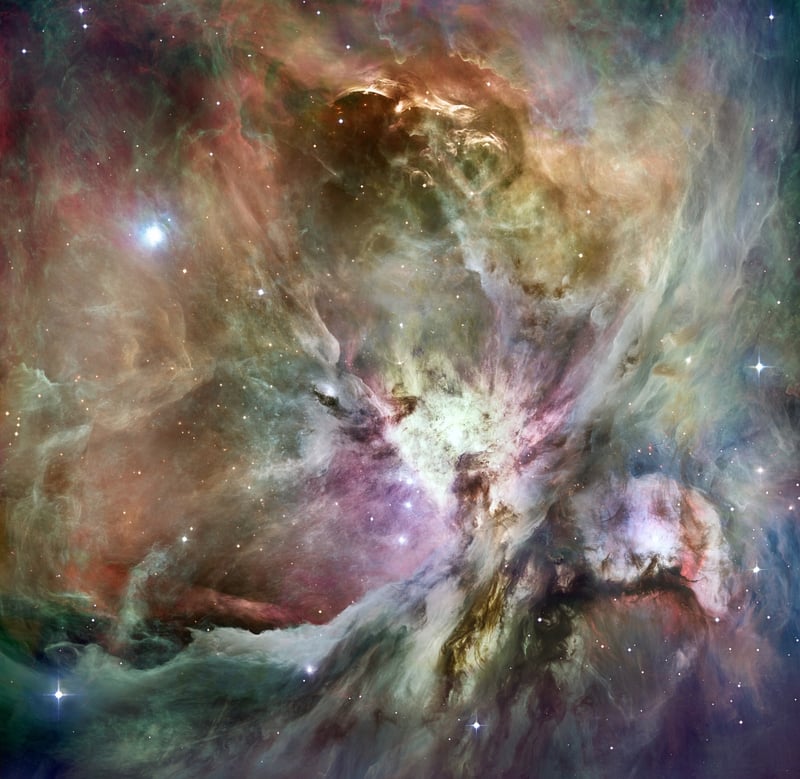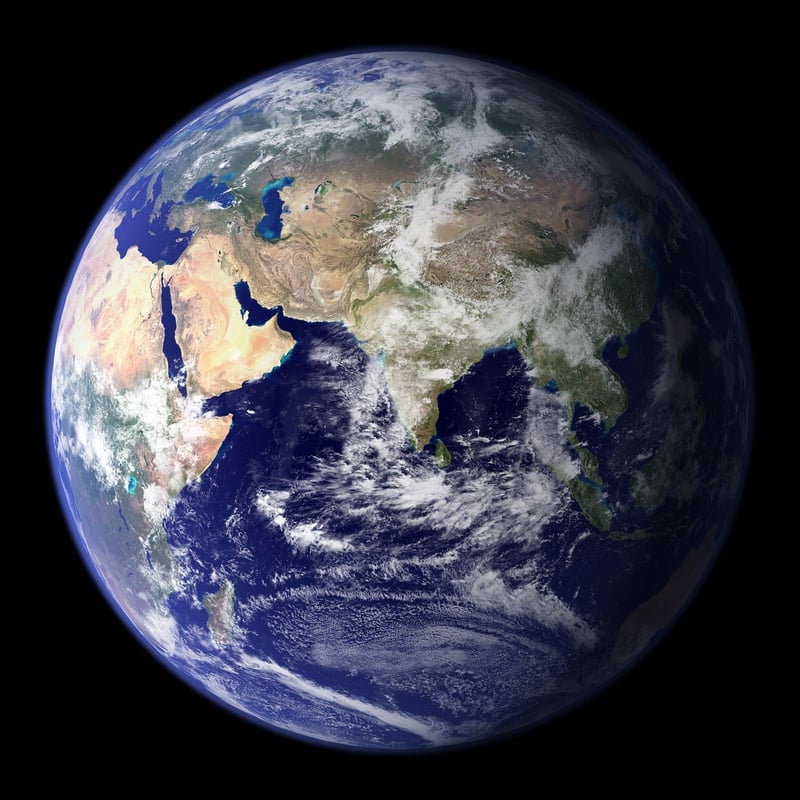Celestial Bodies
Unveiling the Mysteries of the Universe: Discovering New Planets and Celestial Bodies
As we gaze up at the night sky, we are reminded of the vastness and beauty of the universe. The exploration of space has always captivated our imagination, and the discovery of new planets and celestial bodies continues to push the boundaries of our knowledge. Let's delve into the fascinating world of astronomy and uncover some of the latest findings in our quest to understand the cosmos.
The Search for Exoplanets
One of the most exciting areas of astronomical research is the search for exoplanets, planets that orbit stars outside our solar system. Thanks to advances in technology, astronomers have identified thousands of exoplanets in recent years. These distant worlds come in all shapes and sizes, from rocky terrestrial planets to gas giants similar to Jupiter.

Kepler-452b: Earth's Cousin?
Among the many exoplanets discovered, Kepler-452b has garnered particular interest. Dubbed "Earth's cousin," this planet orbits a star similar to our sun and resides in the habitable zone where liquid water could exist. Could Kepler-452b hold the key to finding extraterrestrial life?
The Wonders of Nebulae
Nebulae are vast clouds of dust and gas in space where new stars are born. These cosmic marvels come in various shapes and colors, illuminating the night sky with their beauty. From the iconic Eagle Nebula to the vibrant Orion Nebula, each nebula tells a unique story of stellar creation and destruction.

The Mystique of Black Holes
Black holes are among the most enigmatic objects in the universe. These gravitational powerhouses possess such strong gravity that nothing, not even light, can escape their grasp. While they cannot be directly observed, scientists study their effects on surrounding matter to unravel the mysteries of these cosmic phenomena.
Exploring Dwarf Planets
Beyond the realms of traditional planets lie dwarf planets, smaller celestial bodies that orbit the sun. Pluto, once considered the ninth planet, was reclassified as a dwarf planet in 2006. Other dwarf planets like Eris and Haumea offer insights into the diverse nature of objects in our solar system.

The Kuiper Belt: Home to Dwarf Planets
The Kuiper Belt, a region of icy bodies beyond Neptune, is home to numerous dwarf planets. These icy worlds, remnants of the early solar system, provide valuable clues about the formation and evolution of our cosmic neighborhood.
From the search for exoplanets to the mysteries of black holes and the diversity of dwarf planets, our exploration of the universe continues to unveil its wonders. Each new discovery brings us closer to understanding the vast tapestry of stars, planets, and celestial bodies that populate the cosmos.
